They say chess is a game of genius. Unlike any ball games such as volleyball and basketball which use physical exertion, chess utilize cognition. While sitting infront of your opponent, your mind is simultaneuously comprehending your next move. The goal- is to checkmate the King. In learning chess, the first thing you must familarized yourself with is the chess pieces, where they are placed when a game begins or how they move across the chess board. In this article, I am going to discuss how chess works to get you started playing with your friends and family during your leisure time.
WHAT IS CHESS?
Chess is a popular board game played by two opponents with two contrasting designated pieces of colors- black and white. White moves first and eventually players take turns, attempting to force one’s King into “Checkmate”- a dead end where it can no longer evade the capture.
QUICK HISTORY OF CHESS:
Chess was created nearly 1500 years in India, it was called before as Chatrang which was then changed by the Arabs, Persians, and eventually the medieval Europeans who altered the names and appearance of the pieces to mimic the English Court.
WHAT ARE THE CHESS PIECES?
Chess pieces are what you move across the chess board. Chess board has 64 squares in black and white colors with corresponding numbers and letters from 1 to 8 and A to H, each sides start with 16 chess pieces. These are the 8 Pawns, 2 Bishops, 2 Knights, 2 Rooks, a Queen, and a King. The corresponding numbers and letters on the chess board are especially essential during “Blindfold Chess” or “Mind Chess“, for as the name suggests you play with the numbers and letters using only your mind and move the chess pieces without the physical board. This type of chess needs utter concentration and memory.
1. PAWN
The Pawn is the least powerful of all the chess pieces. You can move it forward one or two squares at first, afterwards you can only move it forward one square at a time. Pawn attacks or capture each square diagonally to the left or right.
- POSITION: White Pawns: Second Rank, Black Pawns: Seventh Rank
- WORTH: One Point
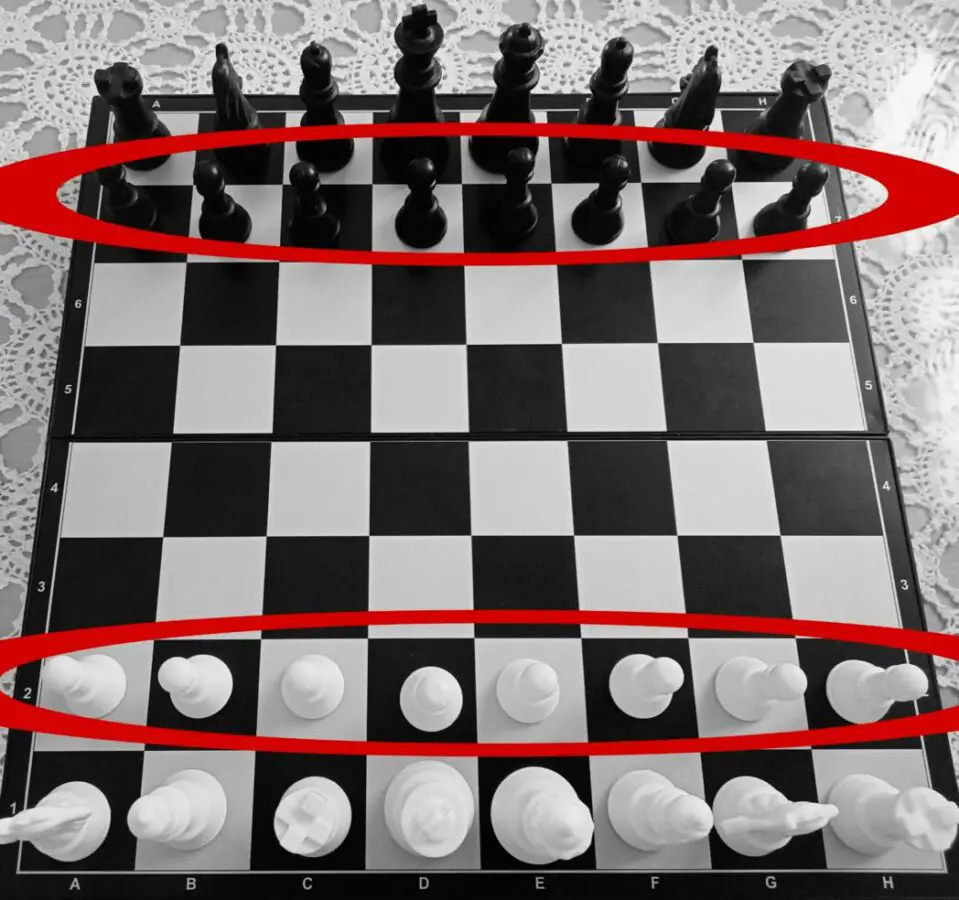
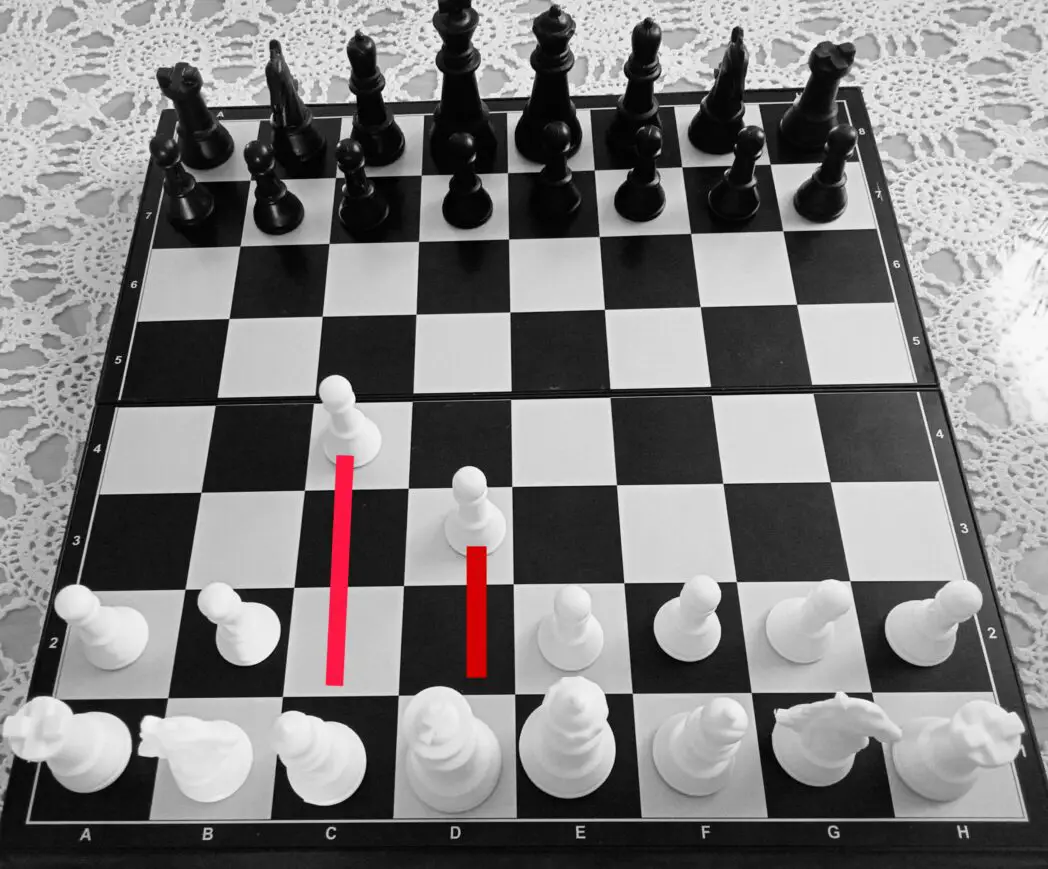
2. BISHOP
A Bishop can move diagonally as many as squares as it likes provided that it is not blocked by another chess pieces. Bishop simply moves in an “X” shape. It captures an enymy piece by occupying its previous location.
- POSITION: White Bishops: C1 and F1, Black Bishops: C8 and F8
- WORTH: Three Points
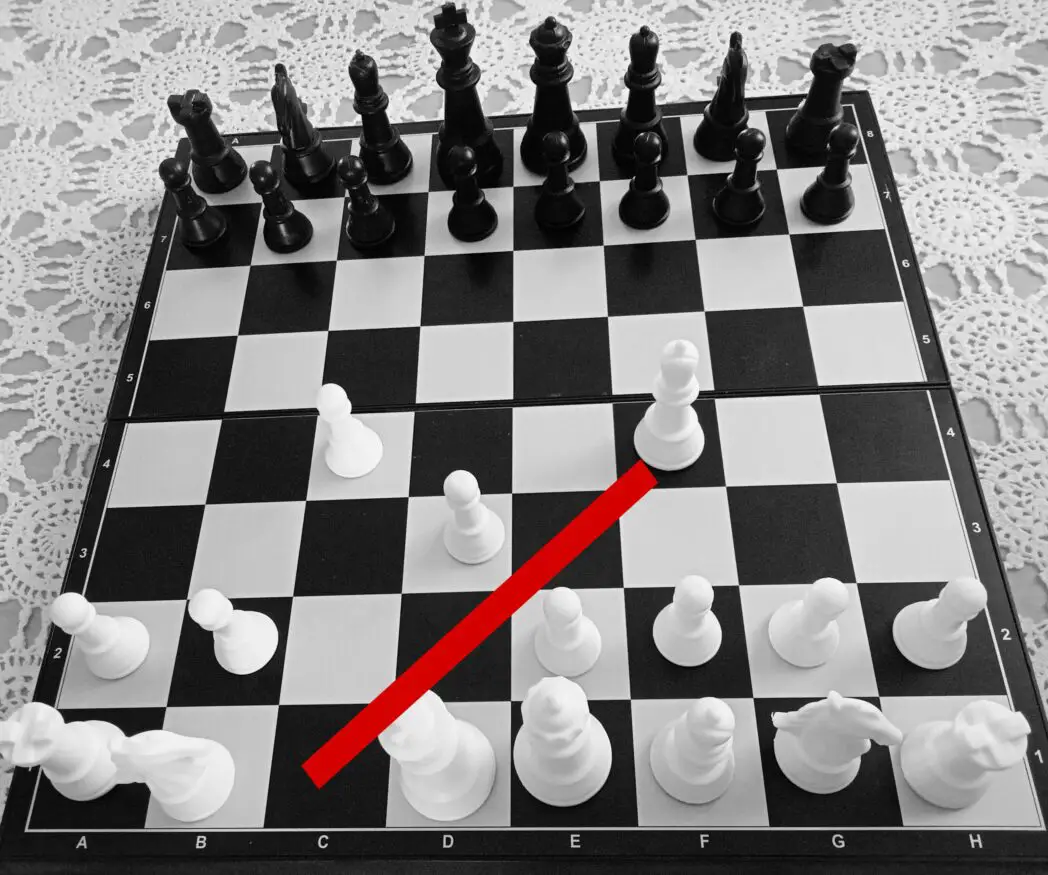
3. KNIGHT
A Knight, commonly called as Horse can jump over another two chess pieces in an “L” shape and can only capture enemy pieces it lands on and not what it jumps over.
- POSITION: White Knights: B1 and G1, Black Knights: B8 and G8
- WORTH: Three Points
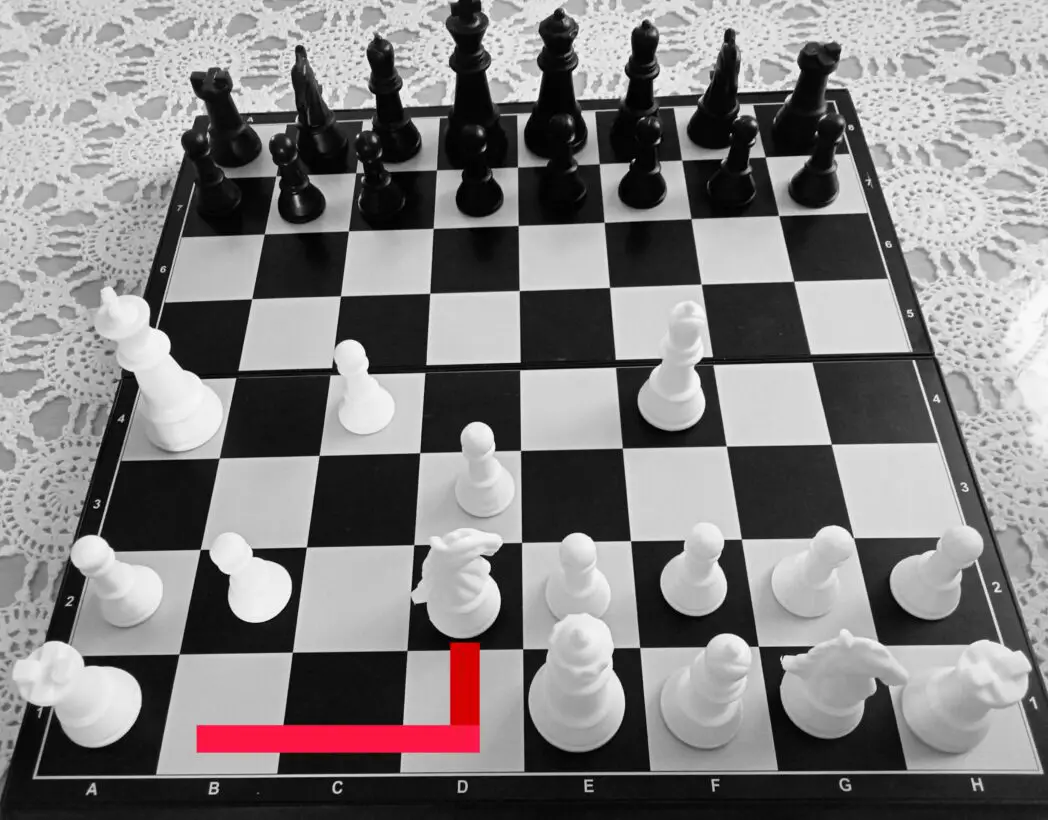
4. ROOK
A Rook moves in a “+” sign and with as many squares as it wants either up or down diagonally and left or right horizontally, as long as it is not blocked by another chess pieces. Like a Bishop it occupies the previous position of enymy pieces when it captures.
- POSITION: White Rooks: A1 and H1, Black Rooks: A8 and H8
- WORTH: Three Points
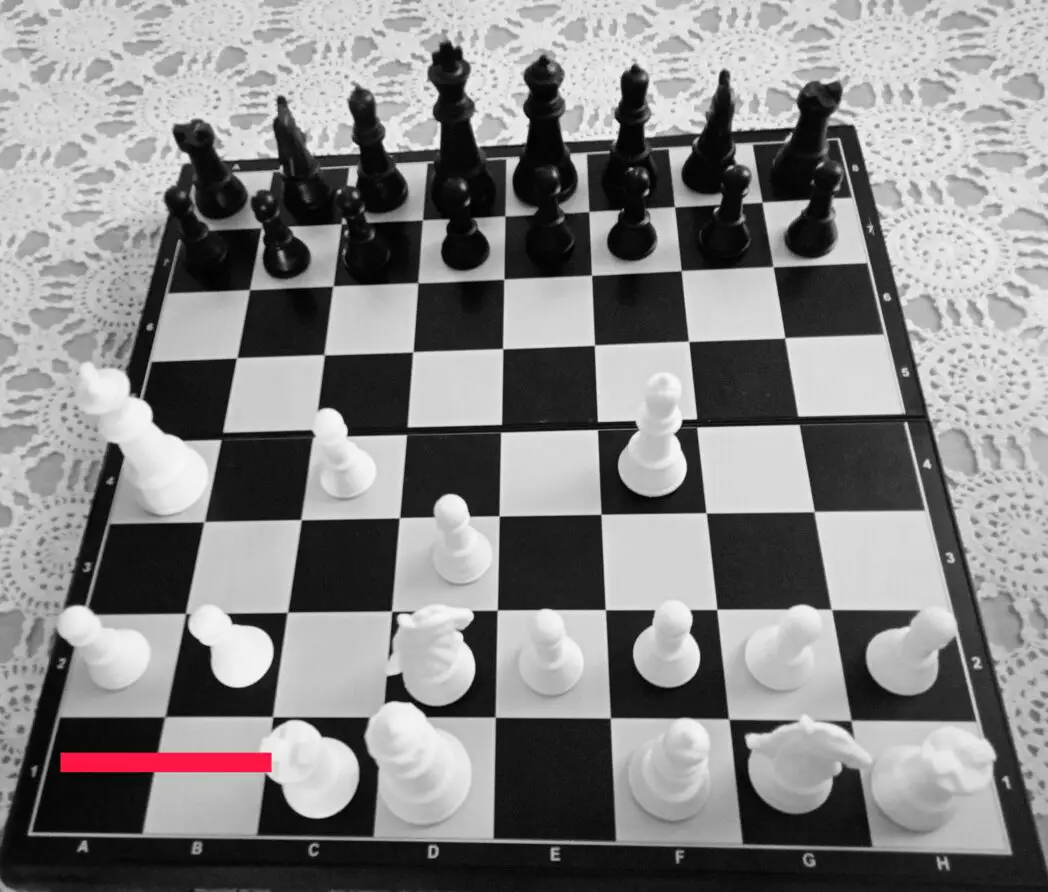
5. QUEEN
The Queen is the most powerful of all the chess pieces. It can move as many squares as it wants like any other chess pieces (except the Knight) and it also captures like the Bishop and Knight.
- POSITION: White Queen: D1, Black Queen:D8
- WORTH: Nine Points
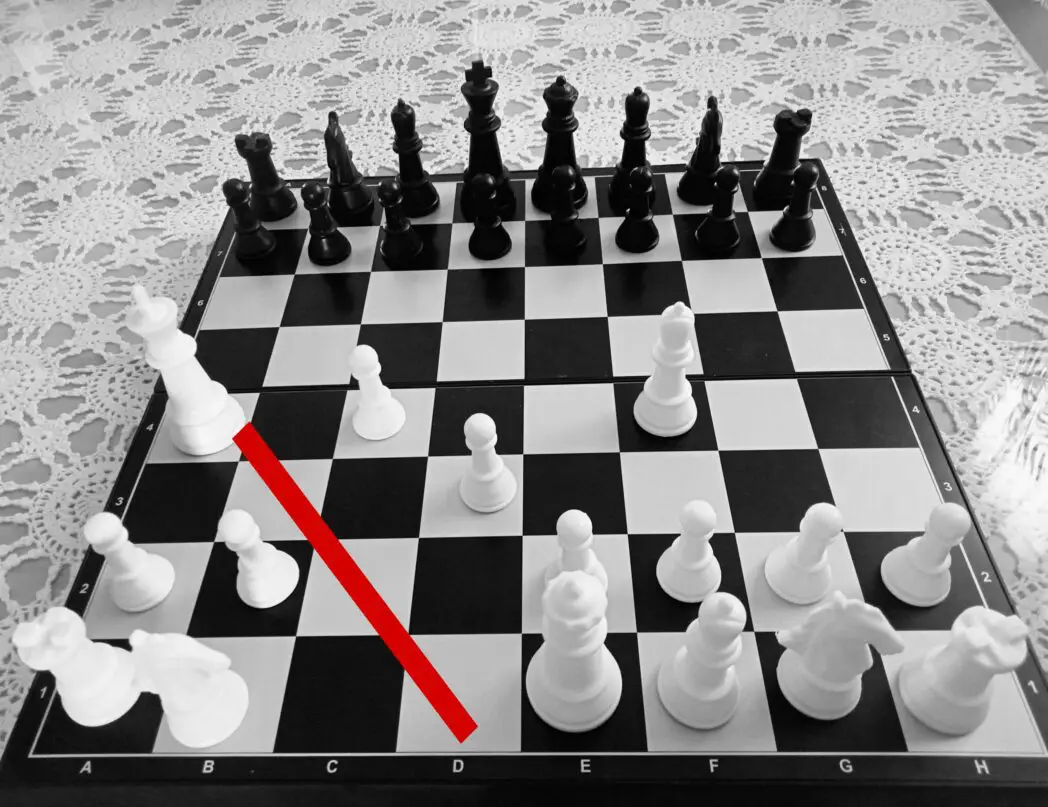
6. KING
In chess, the King is the most important of all the chess pieces but it is not as powerful as it sounds and it should be protected at all cost. It can only move and capture one square in any direction. Players say “Check” when a king is attacked and as I have mentioned, the goal of the game is to “Checkmate” the King.
- POSITION: White King: E1, Black King: E8
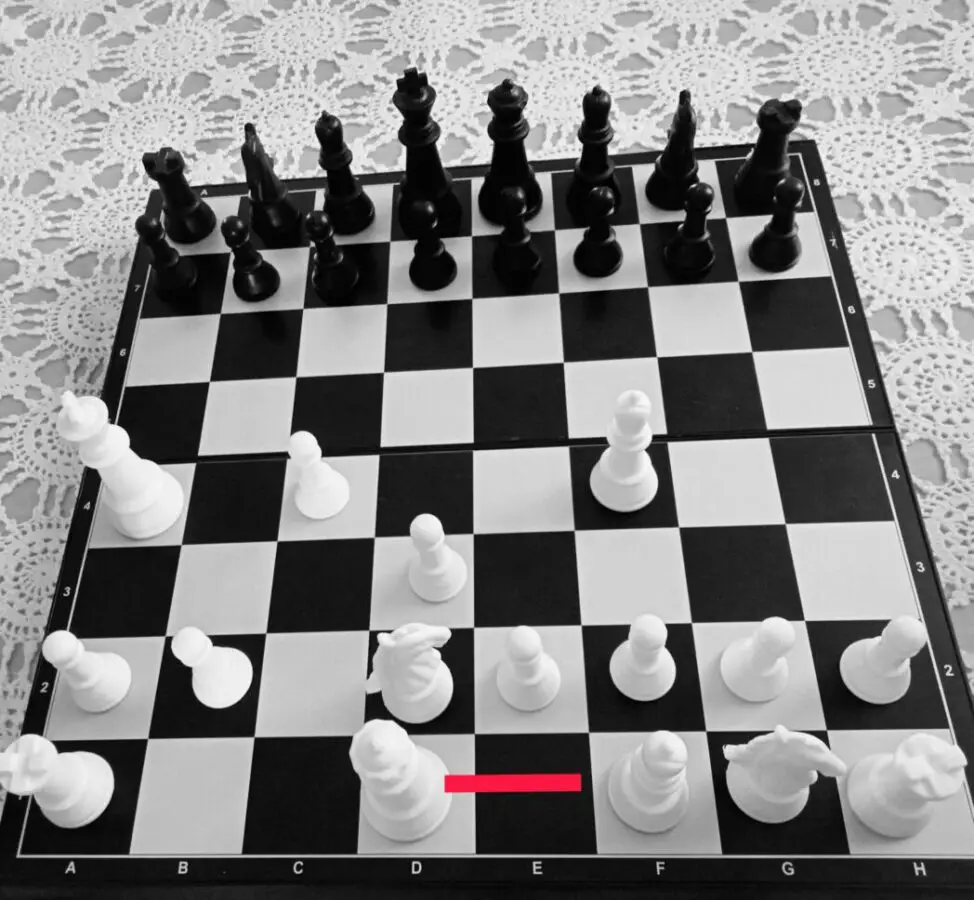
That’s it! Now that you were able to grasp how the board game chess works- its chess pieces and how they move, you may now practice your newfound knowledge and start playing chess with your family and friends!